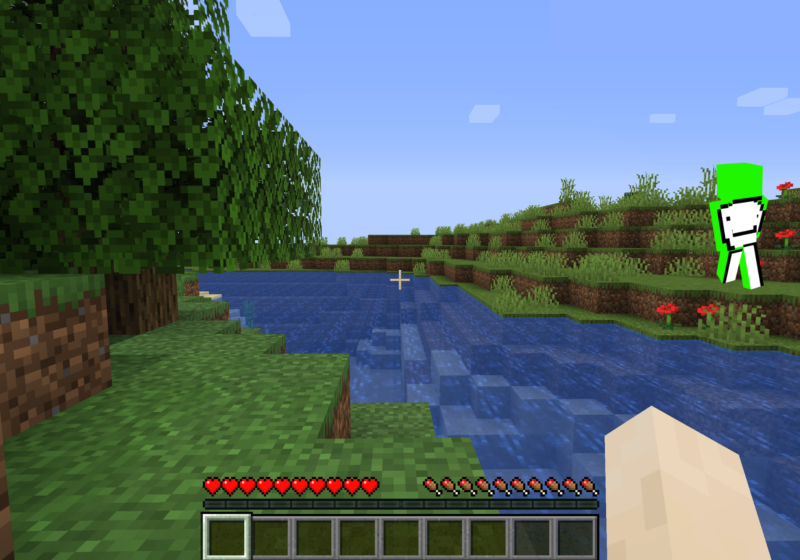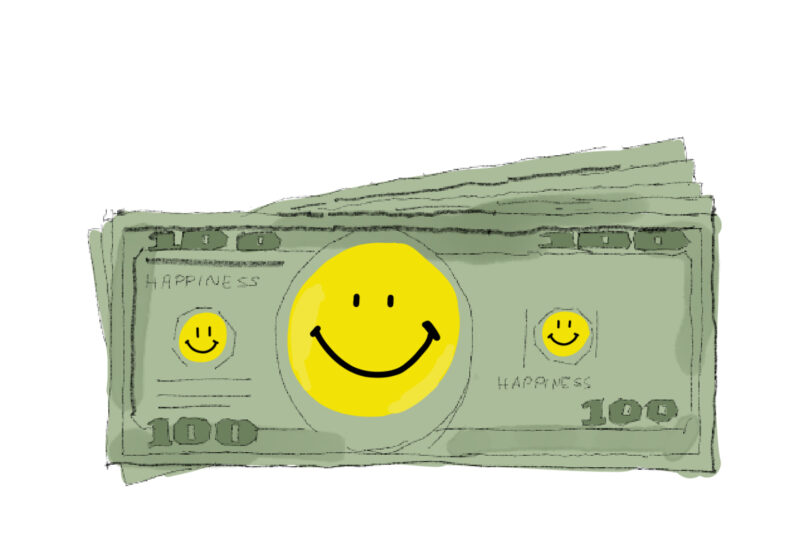Dream, a YouTube sensation with over 31 million subscribers, is — shocker — just some guy.
Dream — or Clay, his real name — recently revealed his face to all of his fans after spending months teasing his identity. And, honestly, who can blame him? When you’ve got millions of mainly-teenage-slash-twentysomethings up in arms over merely a lock of hair, it’s far too easy to use that power for views. I would probably do so myself, given the chance. However, the biggest takeaway, more than anything, is that Dream exists in the real world.
Face reveals are nothing new in the YouTube zeitgeist, especially in the online gaming community, so what makes this particular face reveal different?
Minecraft hit a new stride during the pandemic after a couple years of falling out of the YouTube darling sweet spot it had taken up during the mid-2010s. And who, you might ask, was spearheading this new era of Minecraft content? Dream, of course. He and his friends expanded to Twitch during the pandemic; perfect timing for a young, hungry-for-content generation of viewers, disillusioned with their COVID-ified lives. Even now, it feels like a block man is trending on Twitter on the daily — and that’s not too far off. It trends, for better or for worse, and Dream stands at the forefront of both the controversy and the hype.
I was personally worried when I saw the excitement for Dream’s face reveal. After all, he had been reportedly doxxed in the past, with a different person’s face (the issues that come with the subsequent mocking of that person’s appearance are numerous, but are not relevant for this piece), and it seemed as if Dream would be stuck in a damned-if-you-do, damned-if-you-don’t, no-win scenario. When he revealed his face, it would inevitably be met with criticism, no matter how good he looked, due to the prevalence of people’s ideas of what he looked like. If he didn’t, people would continue to clamor for a glimpse of him. When the face reveal dropped, it was exactly as you’d expect — haters and fans alike flocked to social media to talk about it. However, the way people initially talked about the reveal felt as if Dream was a distant concept, rather than a real person.
The entirety of Dream’s growth in popularity has been fueled by the social shifts of the pandemic, namely the normalization of shipping culture and parasocial relationships. When combined with the distance that an anonymous persona provides, it became easy for people to treat Dream with a lack of empathy.
There is something to the reminder that faceless content creators are real people with thoughts and feelings, and I don’t know if people have the ability to latch onto that as much as they should. When you become so popular so quickly — and vaguely anonymously — it’s hard to see a path towards being treated beyond solely awe or vitriol, and while other big YouTubers struggle with this same issue, Dream feels like a special case. He spent a lot of his surge in popularity known as someone who broke records, in and out of game, or existed as a distant, world-altering figure in roleplay livestreams, rather than someone with a specific, marketable personality. Now that he’s established himself as more than just a character, I’m interested to see what he does next, and if anything changes with his content and his fanbase.
Good luck, Clay.







